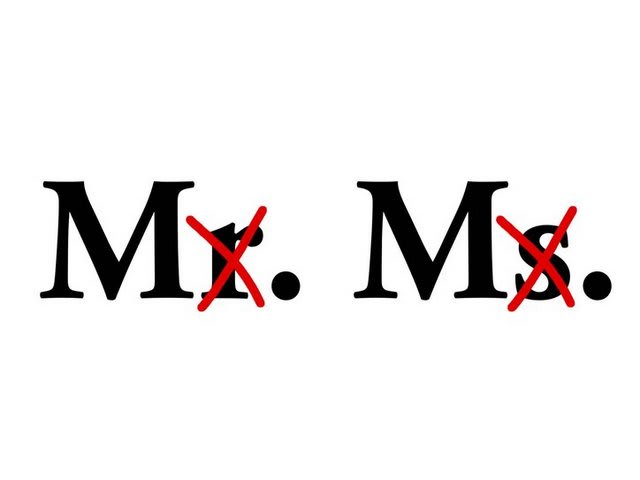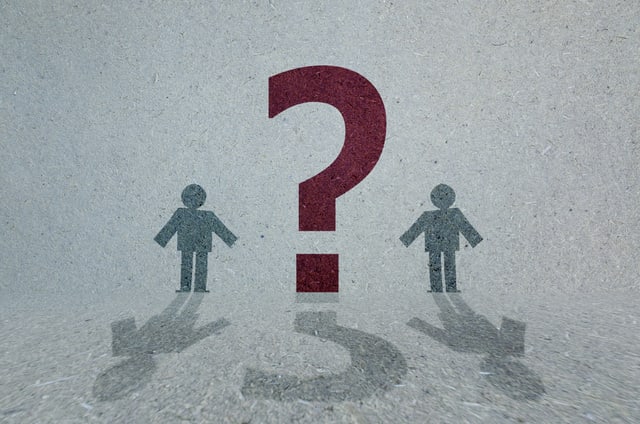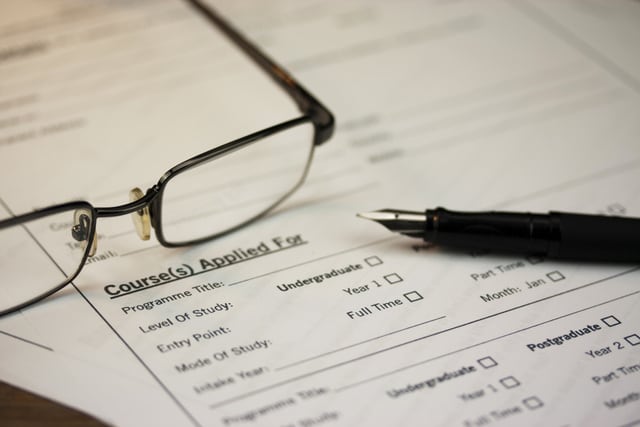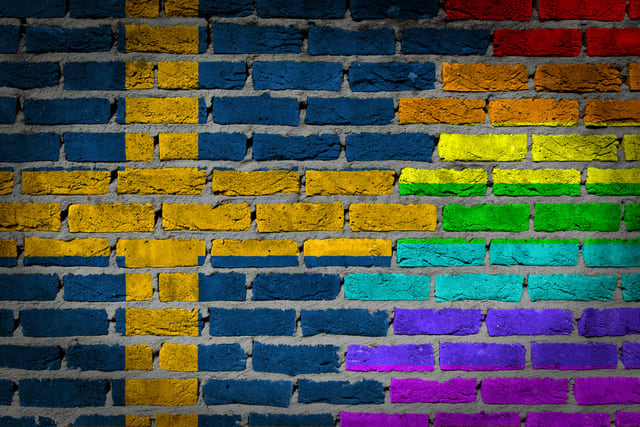The Changing Face of Gendered Language
Gender identity is at the forefront of the political world. But while courts and judges fight over bathrooms and weddings, and law enforcement and civil rights activists fight discrimination and hate speech, gender-neutral language is already being used to make the world more accessible for everyone. Here's what you need to know about gender-neutral language for the 21st century.
- Student Tips

Gender identity and LGBT equality may be two of the most pressing civil rights issues of the 21st century. In the US and beyond, lawmakers, legal advocates, politicians, and universities must deal with issues that surround gender identity, gender-nonconformity, and gender neutrality. While the big battles may be fought on the fields of marriage, bathroom access, and discrimination, gender-neutral language offers individuals a respite from gender binaries and makes it easier for people to operate within their identity. But gender-neutral language is making serious legal waves of its own, and for modern law students, a thorough understanding of gender identity and gender-neutral language is a must. Here's a breakdown of some of the many gender-neutral language options and their applications within social, political, academic, and administrative contexts.
1. Mx.
In the 1970s and 80s, feminists adopted the long-standing but infrequently used 'Ms.' as a marital-status-neutral title for women. And while the honorific proved functional in late 20th-century society (it was embraced by governments, magazines, and superheroes alike), current gender politics mandate a new honorific that reflects the changing perception of individual identity. Enter 'Mx.,' a gender-neutral title that is gaining traction in the UK. The word has its origins in 1970s America and is now being used on some official documents in the UK. Though it has yet to become widespread in the US, the Merriam-Webster Dictionary added the term to its Unabridged edition earlier this year.

2. They
Although some die-hard grammarians may cringe, the plural pronoun 'they,' has become the go-to designator of choice for individuals whose gender is undisclosed or who has chosen not to identify with a specific gender. Of course, using 'they' in this way goes back centuries, but last year, the American Dialect Society voted to make the pronoun its “Word of the Year,” and 'they' is gaining widespread usage in both casual and official language usage. Facebook even offers “their” in addition to “him” or “her.” For gender-neutral purposes 'they' should be used in the singular and replaces 'he,' or 'she.'
Browse civil rights law programs

3. Ze
Necessity is the mother of invention, and as individuals and groups around the globe work to codify equality into language, many new pronouns and honorifics have made their debut. But while 'Ne,' 'Thon,' and others have seen some limited use, 'Ze' may be leading the pack. The gender-neutral pronoun, which can be used as an object (hir) or in the possessive and reflexive tenses (hirs or hirself), was included on Harvard University registration forms last year.

4. Hen
Sweden leads the world in gender equality, and in 2015 the gender-neutral pronoun 'hen' was added to the country's official dictionary by the Swedish Academy. Like many gender-neutral terms the pronoun has its origins in the 1960s and 70s, but it didn't take off until 2000 when Sweden's transgender community adopted it as a gender-neutral designator. Though originally associated with Swedish feminism, 'hen' is now being used in official documents, court records, media, and publications to refer to individuals whose gender is non-disclosed, unknown, or superfluous.

5. X
In the past, marking an official document with an 'X' in lieu of a signature was widely used by individuals with limited literacy skills or simply for simplicity sake. Now 'X' is being used on official documents throughout the world in order to allow gender-non-conforming individuals, or those who do not wish to disclose their gender, to obtain accurate identification. In Australia and New Zealand, new passports include the option of 'X' alongside of 'male' or 'female.' In Ontario, Canada, 2017 applicants for driver's licenses will be able to choose 'M,' 'F,' or 'X' as the sex displayed on the card. And while 'X' passports are still debated in the UK, the change has the backing of both the Labor and Liberal Democratic parties.

Find a program in these categories


